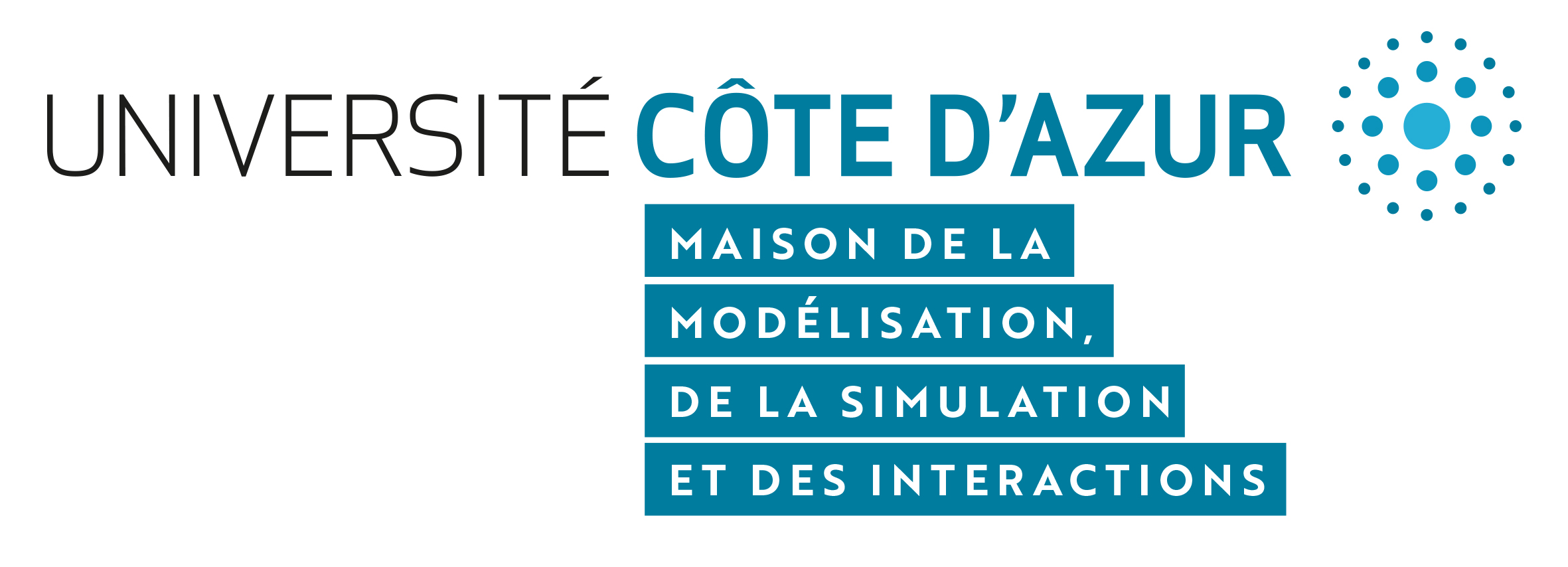EROSION
Project leader: Olivier Delestre
Project partners: J. A. Dieudonné Laboratory and Saint-Venant Hydraulics Laboratory (LHSV)
This project deals with the representation of hydro-sedimentary transfers from an instrumented agricultural catchment area (the Louroux, located in the middle Loire) using the TELEMAC SISYPHE calculation code developed by EDF R&D. There are essentially three ways to model watershed hydrology: empirical models, conceptual models, and physically-based models. Empirical models are constructed using mathematical relationships, which are often statistical, between observed/measured inputs and outputs over the watershed studied. This type of model does not describe the processes involved in the rainfall–runoff relationship. Regarding conceptual models, the objective is to represent the main processes of the transformation of rainfall into runoff without using the laws of physics. These models often use a “reservoir” type of representation. However, unlike physically-based models, these two types of models do not allow for the modeling of water flows in the watershed under study and are no longer valid when modifications are made within the watershed. Physically-based models represent the processes of the rainfall–runoff relationship using the physical laws governing these processes. The result is surface models that calculate the different terms of the water balance of the watershed studied: flow velocity, water height, runoff. These quantities are essential for modeling hydro-sedimentary transfers. Since the TELEMAC SISYPHE modeling tool is based on the Saint-Venant system for the hydraulic/water flow part and on the Exner and Hairsine–Rose equations for sediment transfer, it is therefore well-suited for our problem.
There are essentially three kinds of difficulties: the first is related to the model, the second to numerical methods, and the third to time and computational resources. For the model, different types of flows (turbulent/laminar, smooth/rough) can coexist within the same catchment and during the same hydrological event. In addition, flow encounters a certain number of obstacles corresponding to different spatial scales: micro-roughness (sediment particles, clods of earth, etc.) and macro-roughness (furrows, ditches, small landscape changes, etc.). This very heterogeneous physics can be continuously represented with adapted laws of friction, which go beyond the classical framework of fluvial hydraulics. From a numerical point of view, the resolution schemes of the 2D Saint-Venant equation must be able to deal with low water levels, dry/wet transitions, and also equilibrium states (pools of water, stationary flows). Such schemes currently remain a key obstacle in the literature. Finally, this type of modelling requires a rather fine description of the domain (involving a large mesh) on time scales long enough to allow the observation of sedimentary transfers but with time steps small enough to remove the constraints linked to numerical schemes. It is therefore necessary to use computing resources such as clusters.
The work will be carried out by an intern and consist of: taking charge of the TELEMAC-2D and SISYPHE calculation codes, building a 2D hydro-sedimentary digital model of a sub-watershed of the Louroux (analysis of available data, construction of the mesh, definition and calibration of parameters, definition of modeling scenarios), and comparing the results obtained with the data and results of the WATERSED model. The calculations will be performed on EDF R&D clusters, which will be made available to the intern.
Project start and end dates: May 2018 – November 2018

